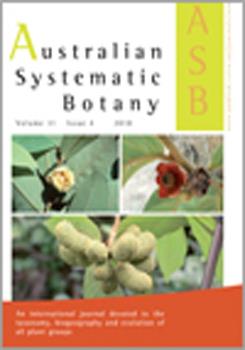This paper analyses biogeography and ecology in the grass Simplicia, endemic to New Zealand, with respect to tectonic geology and to distributions in other groups of plants and animals. There are disjunctions and phylogenetic breaks at the Oparara basin (north-west Nelson), the Western Province–Eastern Province tectonic boundary, the Alpine fault and the Waihemo fault zone (Otago). Distribution boundaries at these localities recur in many other taxa and coincide spatially with important fault zones. General aspects of distribution and evolution in Simplicia are addressed, using a set of critical questions posed by McGlone (2015) as a conceptual framework. The biogeographic evidence suggests that the divergence of Simplicia and of its species took place by vicariance, and that this was mediated by tectonics. All individual plants of Simplicia have dispersed to their present locality, but there is no evidence that chance dispersal with founder speciation has occurred in the genus. Trends in these grasses, such as spikelet reduction, are global and have evolved in many different environments over tens of millions of years. This suggests that non-random mutation has been more important than environment and natural selection in directing the course of evolution.
How to translate text using browser tools
2 August 2018
The New Zealand grass Simplicia: biogeography, ecology and tectonics
Michael Heads
ACCESS THE FULL ARTICLE

Australian Systematic Botany
Vol. 31 • No. 4
December 2018
Vol. 31 • No. 4
December 2018





